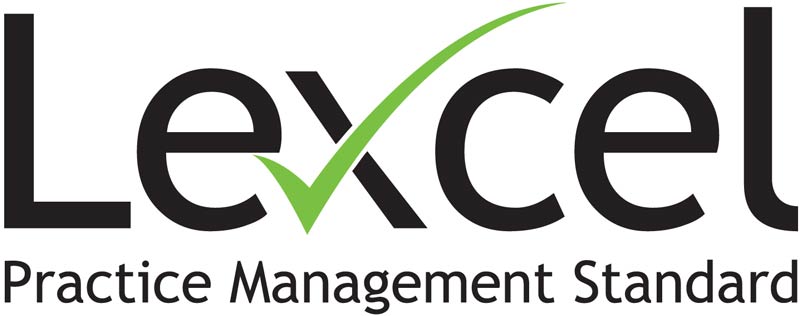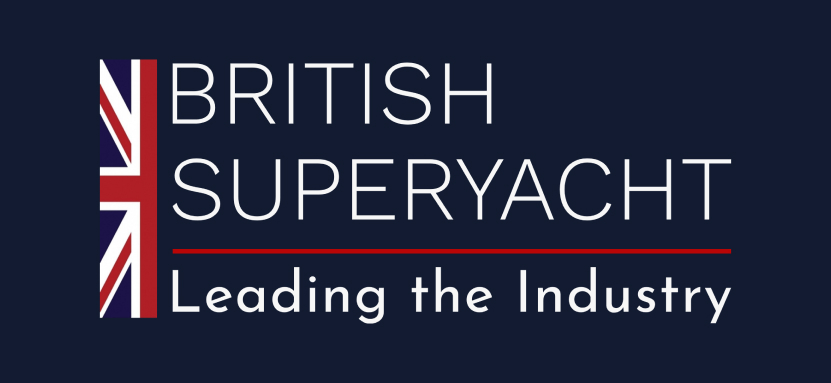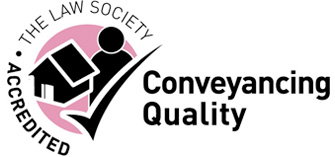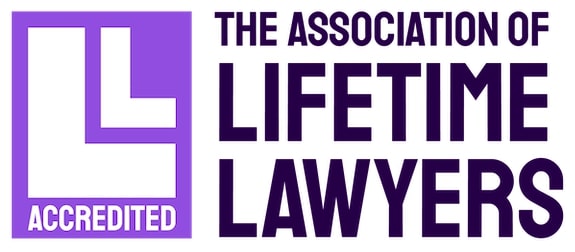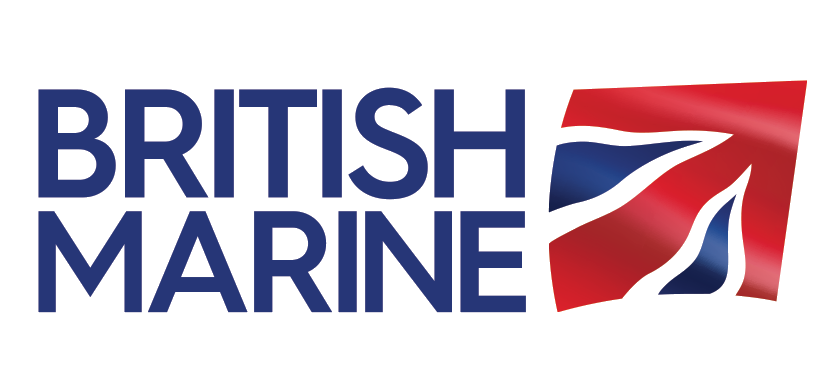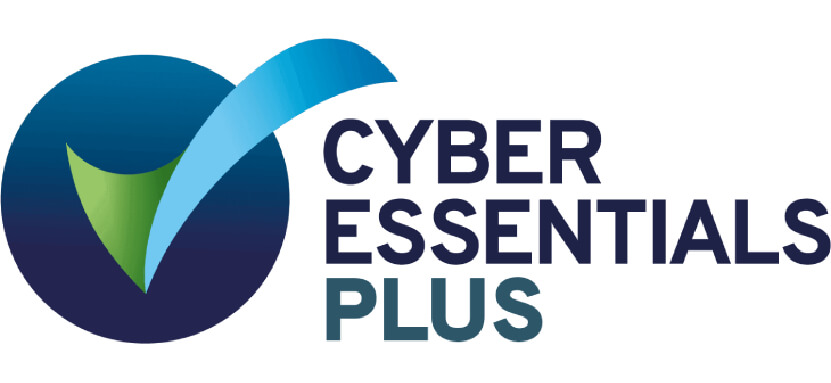Not all businesses go into liquidation because they are insolvent. In fact, there are many reasons why the shareholders and directors of a solvent company may decide to wind up its affairs by way of a members’ voluntary liquidation (MVL). However, just like insolvent liquidations, a members’ voluntary liquidation can be a challenging process to navigate and often requires expert advice from a range of specialists, including corporate and commercial solicitors, such as those at Scott Bailey LLP, accountants, and licensed insolvency practitioners, such as those at Antony Batty & Company.
We are grateful to our friends at the Bournemouth office of licensed insolvency practitioner Antony Batty & Company, who have created this helpful introduction to what an MVL is and how one works, as well as outlining some of the tax-efficient benefits that qualifying for Business Asset Development Relief can bring to the process.
What is an MVL?
An MVL is a tax efficient way of closing down a solvent company. Once the decision is made by a company’s directors to close their company using an MVL, an insolvency practitioner must be appointed to carry out the process, which includes paying off all outstanding debts and settling any legal matters and disputes, with the surplus being used as a distribution, after tax, to the Shareholders.
An MVL is used if:
- The company is no longer needed
- It has completed its purpose
- There is a dispute between shareholders
- Reorganisation of a complex structure is needed
- Directors are retiring with no successors in place
What is the MVL process?
The key stages in the MVL process are:
1. Seek professional advice
- The directors need to know that an MVL is the right thing for them and their business. The incumbent accountant, company solicitor (such as those at Scott Bailey LLP), and/or an insolvency practitioner may need to be involved in this decision at an early stage.
- Confirm solvency. If the company is not solvent other insolvency processes, such as administration or a creditors’ voluntary liquidation, should be considered and no payments made to creditors.
- If solvency is confirmed and the decision is made to pursue an MVL, final returns should be issued and accounts brought up to date.
- A decision can also be made on paying creditors pre MVL.
2. The Formalities
To qualify for an MVL, a company must:
- Have net assets of at least £25,000, and be sufficient to settle all its debts, including interest, and cover the cost of the liquidation process within a period not exceeding 12 months.
- Have been trading for at least 24 months.
- Hold a directors and shareholders meeting to agree the appointment of an Insolvency Practitioner, and most importantly, a Declaration of Solvency must be sworn.
3. Ongoing Process
The Insolvency Practitioner will:
- Advertise the liquidation on the London Gazette for the purpose of creditors’ claims
- Advise all known known and potential creditors of the liquidation
- Request final accounts or claims against the company, which must then be settled out of the company’s assets
- Finalise the tax position of the company with HMRC and obtain clearance to close the liquidation
- Distribute the assets of the company to the shareholders. There is often an initial distribution of either cash or assets, with the remaining cash/assets being distributed at the end of the process.
Once complete, and all assets have been realised and distributed, the Insolvency Practitioner will make their final report and the case is closed. The process is normally completed within 12 months.
4. The Tax Efficiency of a Members Voluntary Liquidation
A members’ voluntary liquidation is a method in which, if certain requirements are met, reserves derived from profits are potentially treated as capital and under the Business Asset Disposal Relief Scheme a personal tax rate of as little as 10% could be enjoyed – half the usual rate of Capital Gains Tax. Currently the lifetime limit for BADR is £1million, meaning the maximum saving per person is £100,000.
The current eligibility criteria to qualify for BADR are:
- The company or business must be trading.
- A sole trader or partnership must have been trading for at least two years before selling or business stopping.
- You own at least 5% of the total shares and voting rights and have done so for at least two years.
- Shareholders must have been employees or ‘office holders’ (such as a director) for at least two years before the sale.
How can Scott Bailey help with your MVL?

Members’ voluntary liquidation comes with its own set of legal challenges. At Scott Bailey, our expert corporate and commercial solicitors have extensive experience advising clients on MVL alongside alternative options including restructuring, sales of businesses, and succession planning. Before proceeding with liquidation, our team will outline the options available to you to determine whether liquidation is the best option.
Should you decide to proceed, our team will be there to guide you through the process, from preparing and reviewing legal documents and appointing a liquidator such as Antony Batty and Company, to ensuring procedures are followed correctly and providing legal advice on the implications of liquidating, your directors’ duties, and any potential liabilities.
If you are considering how to exit your business, pass it on, or close it down, contact Scott Bailey’s corporate and commercial solicitors in Hampshire for an initial discussion. Our expert legal team will provide you with reliable legal advice and help you identify the best route forward for your business.
If you decide to proceed with a members’ voluntary liquidation, we can put you in touch with a suitable insolvency practitioner.
Thank you again to the team at Antony Batty & Company for this inciteful blog post. Please note, nothing in this blog post should be relied on as legal advice, and the post is intended for marketing purposes only.


